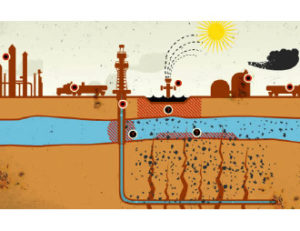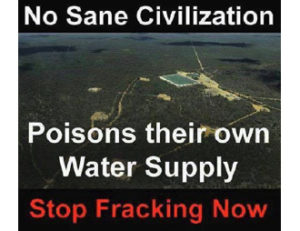 The most critical issue for a better future is generating the political will to halt our dependence on fossil fuels and make a rapid transition to a sustainable economy based on renewable energy. A brief review of historical milestones may be helpful. The US rapidly mobilized enormous industrial capability to enter WW2 after the Japanese attack on Pearl Harbor. Fossil fuels, cheap and readily available, enabled this massive transition. The advent of television advertising in the 1950’s spawned the consumer economy. We were programmed to buy consumer goods so we could be happy, successful and sexy. The petrochemical industry boomed, enabling a variety of plastics and other synthetic materials to become the materials of choice for these consumer goods.
The most critical issue for a better future is generating the political will to halt our dependence on fossil fuels and make a rapid transition to a sustainable economy based on renewable energy. A brief review of historical milestones may be helpful. The US rapidly mobilized enormous industrial capability to enter WW2 after the Japanese attack on Pearl Harbor. Fossil fuels, cheap and readily available, enabled this massive transition. The advent of television advertising in the 1950’s spawned the consumer economy. We were programmed to buy consumer goods so we could be happy, successful and sexy. The petrochemical industry boomed, enabling a variety of plastics and other synthetic materials to become the materials of choice for these consumer goods.
Gradually we learned that our one planetary home could not “digest’ these chemicals. As they collected in our air, land, rivers and lakes, our public health deteriorated. The onslaught of harmful chemicals our bodies did not recognize and could not process contributed to increases in cancer and degenerative diseases. As we learned what was happening to us, various movements arose to educate the public and apply legislative and regulatory pressure to clean up our environment.
Rachel Carson’s Silent Spring, published in 1962, established DDT as a harmful chemical to be banned because of its effects on both animals and humans. The first Earth Day was held on April 22, 1970, with an estimated twenty million people participating. There was great hope at that time for moving toward a better future. Since then, after a period of more than four decades, that hope has dwindled.
There appear to be several reasons for this. Lobbying efforts by the major petrochemical companies have thwarted many legislative and regulatory attempts to protect public health and our environment. The large petrochemical companies have funded research to support their false claims so they can maintain an economy based on fossil fuels. They have sponsored advertising campaigns to deceive government officials and the public from the truth. Following the Supreme Court’s ruling on Citizen’s United, these companies have increased their contributions of millions of dollars to the election campaigns of national, state and local officials. Their purpose has been to ensure critical votes go their way, enabling them to continue business as usual or even expand operations and sources of fossil fuel.


 One particularly harmful development has been the “
One particularly harmful development has been the “